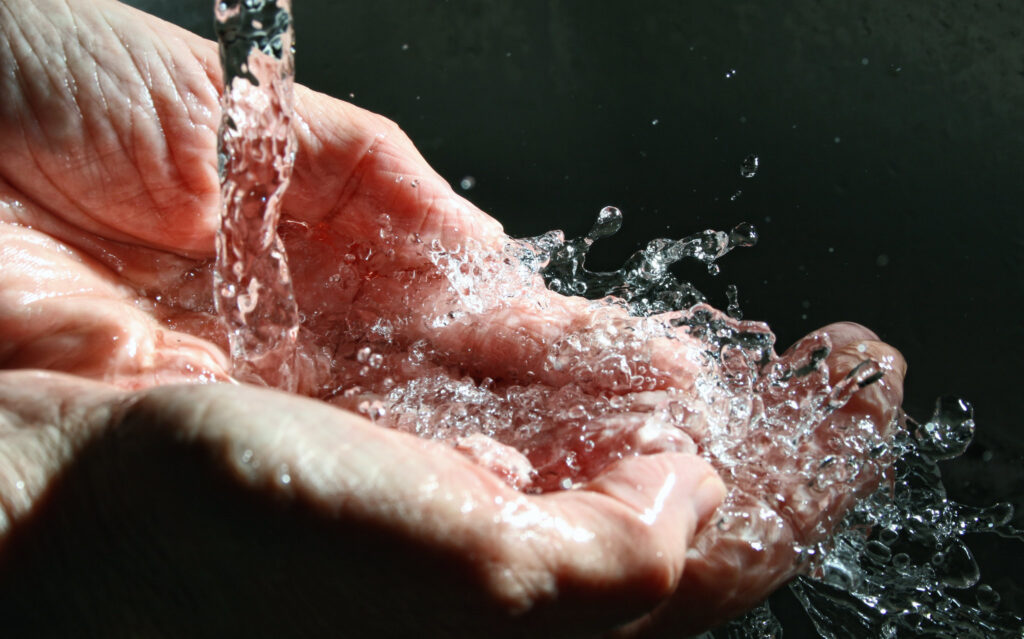
At least two billion people around the world often drink water that is contaminated with disease-causing microbes. Waterborne diseases are responsible for two million deaths each year, mostly among children under the age of five.
There are various ways to decontaminate water, including chemicals that can themselves produce toxic byproducts as well as using ultraviolet light, which takes fairly long to disinfect the water and requires a source of electricity.
Scientists at Stanford University and the SLAC National Accelerator Laboratory have recently invented a low-cost, recyclable powder that kills thousands of waterborne bacteria every second when the water containing it is exposed to ordinary sunlight. The discovery of this ultrafast disinfectant could be a tremendous benefit to the nearly 30% of the world’s population with no reliable access to safe drinking water.
The new disinfectant is a harmless metallic powder that works by absorbing both ultraviolet and high-energy visible light from the sun. It consists of nano-sized flakes of aluminum oxide, molybdenum sulfide, copper, and iron oxide. The key innovation is that when these four metallic ingredients are immersed in water, they all function together by reacting with the surrounding water and generating chemicals that quickly kill bacteria. The chemicals themselves don’t last long. They quickly break down in the water leaving completely safe drinking water.
The nontoxic powder is recyclable. It can be removed from water with a magnet. It can also be reused at least 30 times. Apart from its uses in less developed parts of the world, it could be valuable for hikers and backpackers who want to drink water from natural sources of unknown quality.
**********
Web Links
New nontoxic powder uses sunlight to quickly disinfect contaminated drinking water
Photo, posted February 27, 2013, courtesy of Petras Gagilas via Flickr.
Earth Wise is a production of WAMC Northeast Public Radio
Leave a Reply